As a young photographer living in the Forest of Dean, my keen passion for animals and getting out in the countryside has been a great way of working towards my Bachelor of Arts Photography degree. Specialising in agricultural photography shooting rural life, the farms have provided me with a great basis for interesting and rewarding imagery. From landscape shots of the natural farmscape to portraits of native cattle, I really enjoy what I shoot. With the approaching Countryfile photo competition soon open for entries, here are 5 top tips for venturing out with your camera on Britain’s farms.
1. Composition
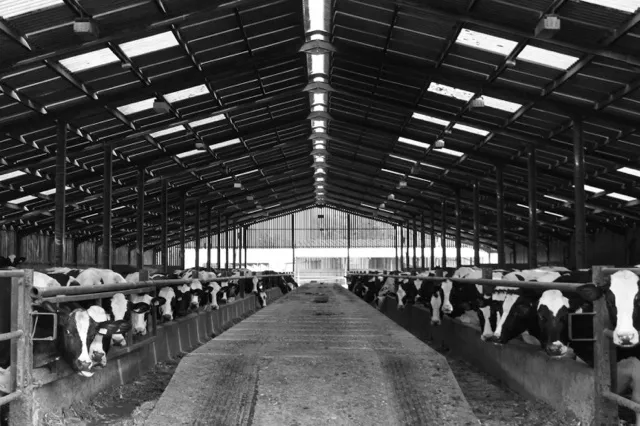
When composing your photo, consider how you can frame the image with the elements inside the photo. Look at the use of repetition and think about how the power of strong vertical and horizontal lines can add depth and scale. The above photograph of a cow shed provided great geometric shapes that I was able to highlight when composing the image.
2. Lighting
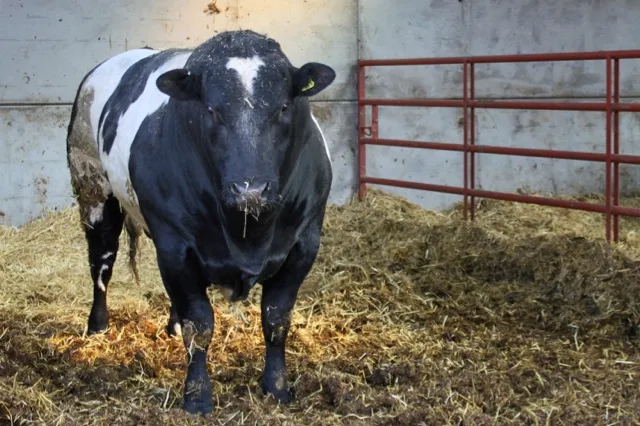
I like to use natural light when shooting on farms, as it conveys the true environment of the landscape. Use the weather to your own advantage and shoot on dull overcast days that provide naturally diffused light through clouds. Using flash lighting can sometimes spook animals but depending on what you are shooting, flash guns or LED panels can prove particularly useful in low level lighting conditions such as farm barns. This image of a lone bull was shot using natural light. I paid attention to where the sun was in relation to my subject, and this bull was stood in just the right spot to be lit with a halo affect of sunlight bouncing off the barn wall.
3. Background
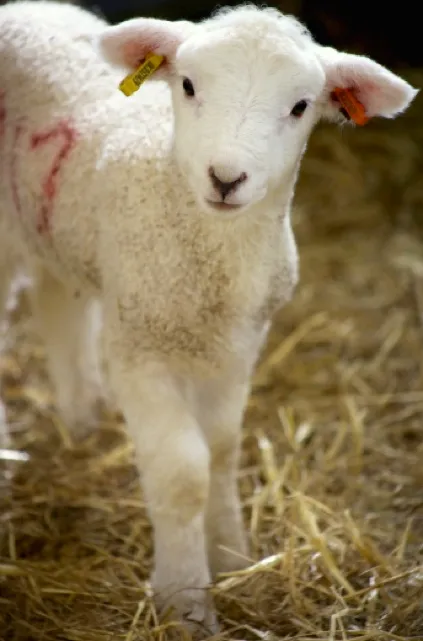
Paying attention to the background of an image will ensure that nothing distracts from what you are shooting. When photographing people’s portraits, ask them to move to a particular position where the background is more suitable. Use the background to compliment the main point of interest and contribute to the visual story. In the above shot, the background of the portrait was simple and fairly plain. This, together with the use of a shallow depth of field, meant I could focus on the lamb, subtly dropping out the background.
4. Subject
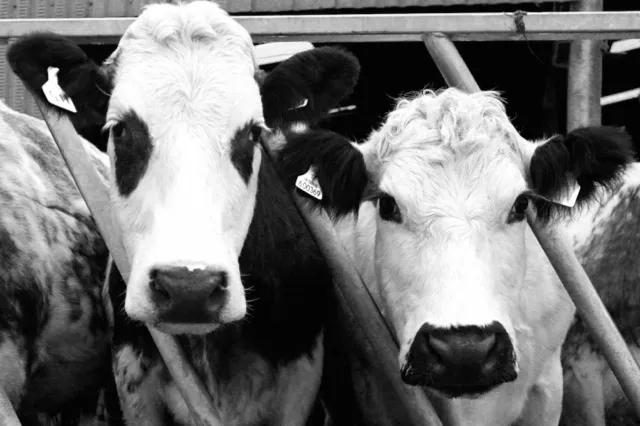
It may sound silly, but cows can look very pretty! Ensure your capturing the best looking animal of the group looking for symmetric faces, quirky characters and unusual markings. Consider the animal’s eye colour, face shape and stature. Think almost like a livestock judge choosing the winning cattle at an agricultural show. Photographs of interesting animals are a lot more visually striking and I will often choose to photograph one particular animal because of a key visual feature that has stood out to me. These two cows curiously observing what I was doing are a good example of this. The couple have character, personality and prominent facial markings.
5. Get mud-ready
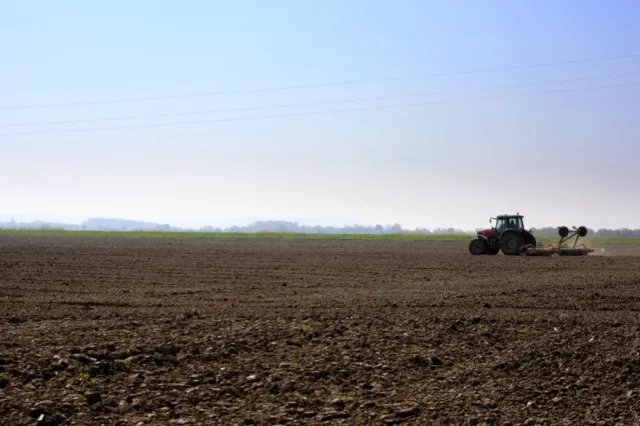
Expensive photographic equipment and dirty, muddy farms don’t particularly mix well. However, this doesn’t mean taking equipment out on location is a bad idea. Just be careful and pay attention to what your kit is touching as you explore the farm. Keep lens caps on any lenses not in use and use the camera’s neck strap. Rather than traipsing a tripod on the shoot with you, which could get dirty, use available objects to prop the camera on instead. Lean against walls and firmly hold the camera, keeping yourself steady and the camera still. Wellies have become my usual photography uniform and proved particularly handy when shooting this landscape image of a farmer preparing his land for crops.
For more of my work check out holliecrawshawphotography.co.uk
